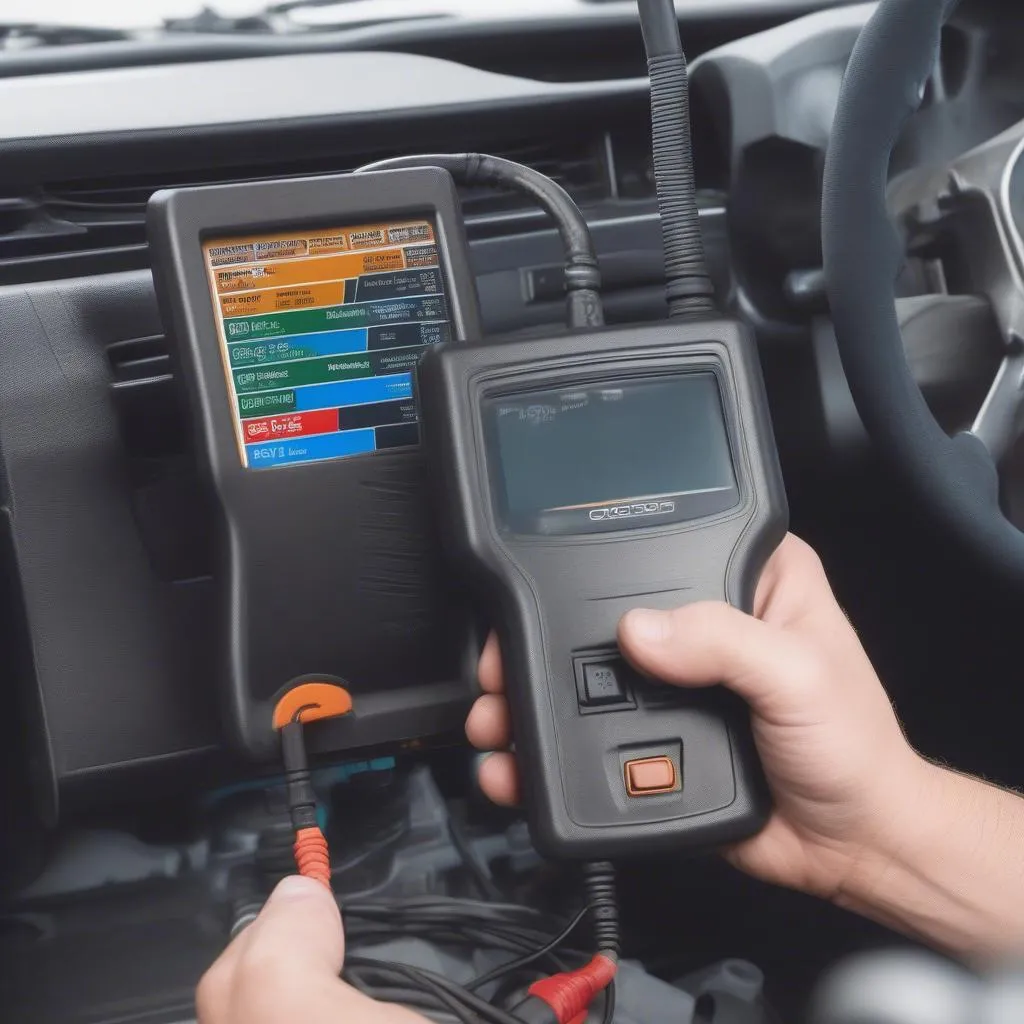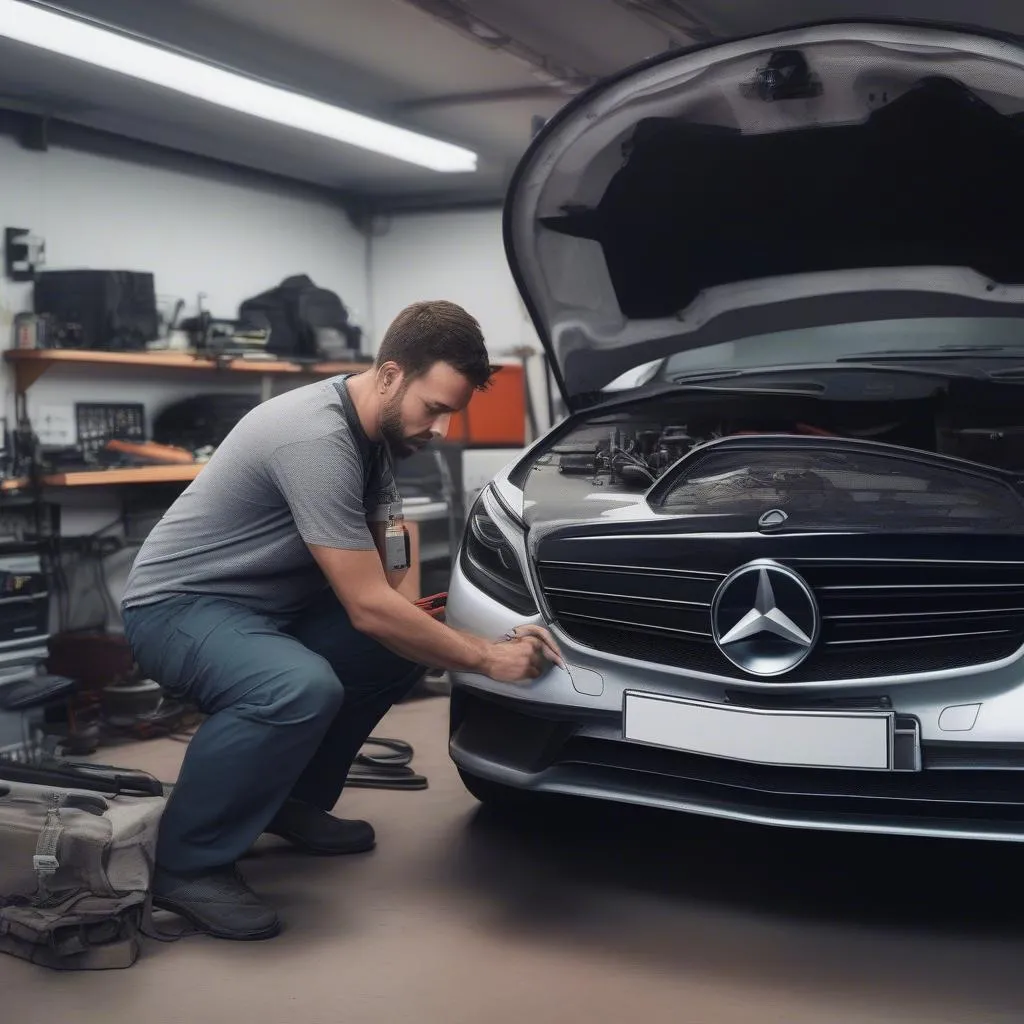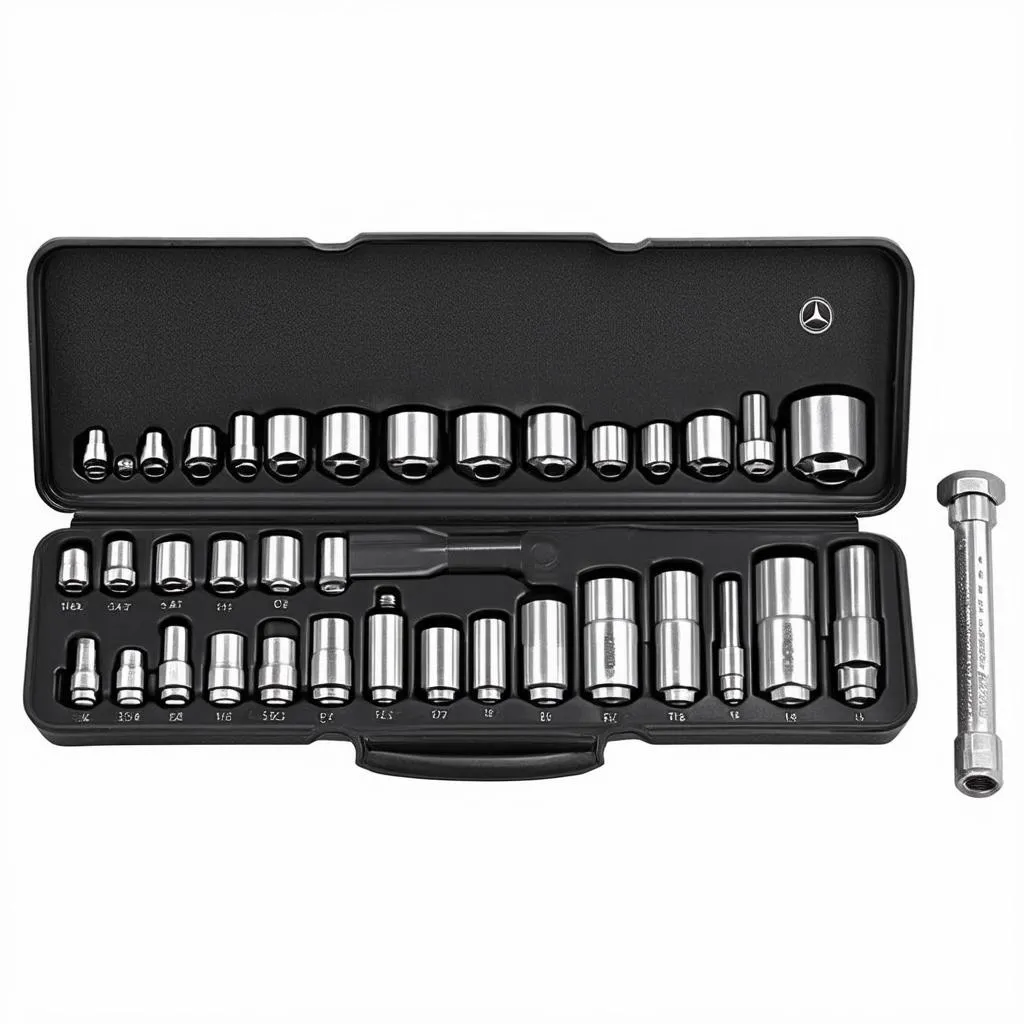If you’re experiencing performance issues with your 1988 Mercedes, a faulty carburetor might be the culprit. While most cars from this era have transitioned to fuel injection systems, some Mercedes models still relied on carburetors. This comprehensive guide will walk you through diagnosing and potentially fixing the carburetor on your 1988 Mercedes.
Important Note: Before attempting any repairs yourself, remember that working on a carburetor requires a good understanding of car mechanics. If you’re not confident in your abilities, it’s always best to consult a qualified mechanic.
Understanding the Issue: Why Carburetors Fail
Carburetors are responsible for mixing the right amount of air and fuel before it enters the engine for combustion. Over time, various components within the carburetor can wear out or become clogged, leading to performance issues.
Common Carburetor Problems and Symptoms:
- Hard Starting: Difficulty starting your Mercedes, especially when cold, could indicate a clogged fuel jet or a malfunctioning choke.
- Rough Idling: If your engine idles roughly or stalls frequently, it could be due to a vacuum leak, clogged idle air jets, or an incorrectly adjusted idle speed screw.
- Poor Fuel Economy: A noticeable decrease in fuel efficiency might be a sign of a carburetor running too rich (too much fuel compared to air).
- Hesitation or Stalling Under Acceleration: This could indicate a clogged accelerator pump or restricted fuel flow.
- Engine Backfires: Backfiring through the carburetor can occur if the air-fuel mixture is too lean (too much air, not enough fuel).
Gathering Your Tools and Equipment:
Before you begin, gather the following tools:
- Carburetor cleaner
- Screwdrivers (flathead and Phillips)
- Socket set
- Wrenches
- Clean rags
- Gasket scraper
- Carburetor rebuild kit (if necessary)
Troubleshooting and Fixing Your Carburetor:
1. Identifying the Problem:
- Visual Inspection: Start by visually inspecting the carburetor for any obvious signs of damage, loose connections, or fuel leaks.
- Check for Vacuum Leaks: A leaking vacuum line can disrupt the air-fuel mixture. Use a carburetor cleaner spray to carefully check around the carburetor’s base and vacuum lines while the engine is idling. If the engine speed changes, you’ve likely found a leak.
- Inspect the Choke: A malfunctioning choke can cause hard starting. Check if the choke plate opens fully when the engine is warm.
- Fuel Filter: A clogged fuel filter can restrict fuel flow to the carburetor. Consider replacing the fuel filter as a preventative measure.
2. Cleaning the Carburetor:
Over time, deposits can build up in the carburetor, affecting its performance. Here’s how to clean it:
- Remove the Air Cleaner: Disconnect the air cleaner to access the carburetor.
- Spray with Carburetor Cleaner: Using a carburetor cleaning spray, thoroughly clean the exterior of the carburetor, paying close attention to linkages, jets, and the throttle body.
- Remove and Clean Jets: If you suspect clogged jets, carefully remove them and use carburetor cleaner and compressed air to ensure they are clear.
- Reassemble and Test: Reinstall all components, ensuring they are properly tightened. Start the engine and check for improvements.
3. Rebuilding the Carburetor:
If cleaning doesn’t resolve the issues, you might need to rebuild the carburetor using a rebuild kit:
- Remove the Carburetor: Carefully disconnect the carburetor from the intake manifold, fuel lines, and any other connected components.
- Disassemble the Carburetor: Refer to your car’s service manual for specific instructions on disassembling the carburetor.
- Clean and Inspect Components: Thoroughly clean all parts using carburetor cleaner and inspect them for wear and tear. Replace any worn-out parts with new ones from the rebuild kit.
- Replace Gaskets and Seals: Install new gaskets and seals included in the rebuild kit to ensure an airtight seal.
- Reassemble and Adjust: Carefully reassemble the carburetor, paying close attention to the order and orientation of the parts. Adjust the float level and mixture screws according to your car’s specifications.
Frequently Asked Questions about Carburetor Problems:
Q: Can I use starting fluid to diagnose a carburetor problem?
A: While a quick spray of starting fluid into the intake can help determine if the engine is getting fuel, it’s not a recommended method for diagnosing carburetor issues. Starting fluid is extremely flammable and can damage engine components if used improperly.
Q: Can a faulty oxygen sensor cause carburetor problems?
A: Oxygen sensors are part of fuel injection systems, not carburetors. Cars with carburetors don’t have oxygen sensors.
Q: What is a carburetor rebuild kit, and do I need one?
A: A carburetor rebuild kit contains all the necessary gaskets, seals, and small parts that commonly wear out in a carburetor. If your carburetor is leaking, has worn components, or hasn’t been rebuilt in a long time, using a rebuild kit is a cost-effective way to restore its performance.
Q: Can diagnostic tools help me with carburetor issues?
A: While modern diagnostic tools are primarily designed for electronic fuel injection and computer-controlled systems, some tools might be helpful in diagnosing issues related to ignition timing or vacuum leaks, which can indirectly affect carburetor performance. Consider checking out the range of diagnostic tools offered by CARDIAGTECH for potential solutions.
 Car Diagnostic Tool Plugged In
Car Diagnostic Tool Plugged In
Conclusion:
Troubleshooting and fixing carburetor problems on your 1988 Mercedes can be a rewarding experience for those mechanically inclined. Remember to consult your car’s service manual for specific instructions and always prioritize safety. If you’re uncertain about any step, seeking assistance from a qualified mechanic is always the best course of action.


